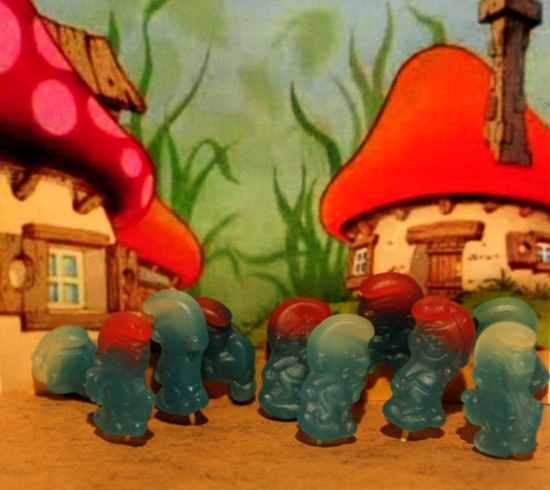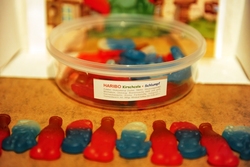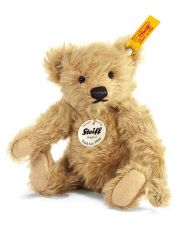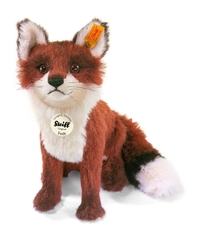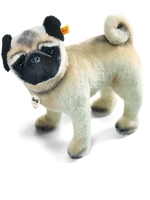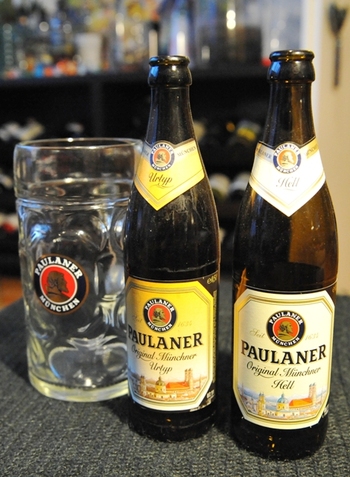Raclette - Cheesy Swiss Goodness
 Friday, March 4, 2011 at 8:00
Friday, March 4, 2011 at 8:00 Herr J has been finding all kinds of goodies on Amazon.de lately, including some great surprises for me.
So I was very excited to open a box and find a two-person raclette grill.
Raclette probably originated in Switzerland, but is very popular in France and Southern Germany as well. The methods and ingredients vary, but it basically is melted cheese served with meat and/or vegetables. A little like cheese fondue, but instead of dipping things in cheese, you are covering them in cheese.
In Germany, many families traditionally eat raclette on Christmas Eve, though you'll find it eaten throughout the winter, and as part of the après ski in Switzerland. It's an easy meal, but it brings everyone together around the table. Raclette typically is a long-meal, during which friends and family eat slowly, drink white wine, and talk for hours.
The main two methods are a Raclette Oven or a Raclette Grill: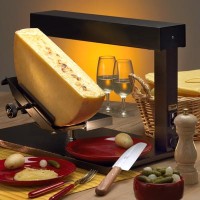 The Raclette Oven consists of a stand to hold a half wheel of cheese under a heating element (the top bar). The heat melts the top layer of the cheese and guests scrape the melted cheese onto their plates.
The Raclette Oven consists of a stand to hold a half wheel of cheese under a heating element (the top bar). The heat melts the top layer of the cheese and guests scrape the melted cheese onto their plates.
These are pretty cool looking, but the disadvantages are that:
- they're pricey (usually starting at over €200)
- you need to use half wheels of cheese, so it's best for larger groups
- no grill or griddle for grilling the meats or veggies
However, they make a very impressive presentation and perfectly melted cheese.
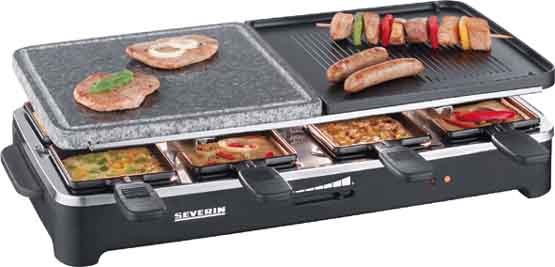 The Raclette Grill comes in a wide variety of shapes and sizes (and price ranges). The basic form consists of a two level appliance, with the heating element sitting under the grill/griddle and above the individual trays.
The Raclette Grill comes in a wide variety of shapes and sizes (and price ranges). The basic form consists of a two level appliance, with the heating element sitting under the grill/griddle and above the individual trays.
The one shown has both a stone and a grill, on which the meats are cooked. Each guest has a tray into which he or she puts a slice of cheese for melting. This makes wonderful bubbly cheese, but you have to be careful not to burn it, since the slices are thinner than the wheel. There's some debate about the correct way to make your raclette - some believe that only the cheese should be melted in the tray and then used to top the meat and veggies; others prefer to add vegetables into the cheese while it's melting (as shown here).
Cheese:
Cheese is the main ingredient in raclette, and you'll want to use one that melts evenly and smoothly. The raclette cheese from Wallis area (Valais canton) in Switzerland is the original raclette cheese, but there are a wide variety of Swiss, French, German, and Dutch raclette cheeses available - even some pepper flavored, smoked, or other varieties. The French cheese that the cheese lady recommended was excellent - in Europe you can usually just ask for a raclette cheese and they'll recommend one based on preference, and even slice it into perfect raclette slices! Though you could use a good melting cheese such as Gouda, Emmental, Tilsit, Edam, or even Camembert if you live somewhere that raclette cheese isn't available, but it really is best to get raclette cheese. A good rule of thumb is to have 200-300g cheese per person, and it should be cut into half centimeter thick slices. Leave the rind on - it softens up and provides nice texture.
Potatoes:
After the cheese come the veggies and meat. Originally, the meal consisted of cheese, potatoes, and pickles. Today, tradition has expanded to include other items, especially meat. In Switzerland, they often serve jacket potatoes, and in Germany sliced boiled potatoes. Obviously they need to be cooked beforehand, but you could also brown them up on the grill to get a little more texture.
Meat and Veggies:
Now that we have the cheese and potatoes comes the fun part. You can put anything on the grill - common ingredients are chicken, pork, kebabs, shrimp, sausages, steak, dried meats, peppers, onions, and so on.
Condiments:
Usually there are paprika and fresh ground pepper on the table for seasoning, as well as small or sliced pickles.
Our Raclette Dinner:
The one Herr J got me is a really good Swiss brand, with trays for 2 people. I don't actually have a formal dining table, so it's great to have a small one.
Here's our setup - cheese, shrimp, tomatoes, onions, and small pieces of marinated filet (we skipped the potatoes):
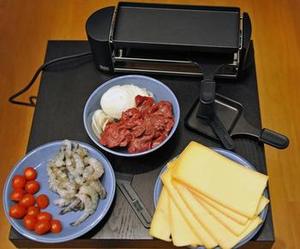
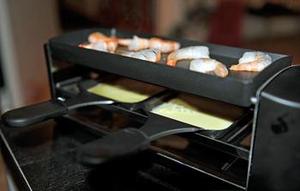 Here you'll see the cheese melting below and the shrimp grilling on top.
Here you'll see the cheese melting below and the shrimp grilling on top.
The process is simple...grill your meats and veggies and put them (or potatoes) on your plate. Then remove the cheese tray from the heat. Using your raclette spatula (plastic or wooden angled scrapers, as in the photo above), slide the molten cheese atop your meat and veggies. You'll end up with a tasty, gooey treat like this: 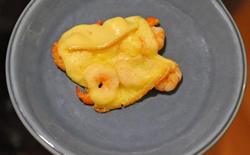
In addition to the shrimp, we grilled onions and steak. As much as I'd love to post a picture of the finished product, it was just too delicious - we were too lost in eating it to stop and take a photo!
I'm really not sure why raclette isn't popular in the US. With the potatoes, it's a lot like European cheese fries or potato skins! What's not to love?
We'll be experimenting in the future with ideas for modern raclette - onions, steak, and bell peppers would make a great cheesesteak; with some spicier peppers we could go the Mexican route; and with some meatballs, we could have Italian raclette. Though cheese is not normally part of Asian cuisines, my favorite Yakitori restaurant (Nanbantei in Far East Plaza in Singapore) has an out-of-this-world beef wrapped cheese skewer. Perhaps we can make some Yakitori-inspired dished with the beef, prosciutto-wrapped baby asparagus, and others. Yum, my mouth is watering just thinking about Nanbantei!
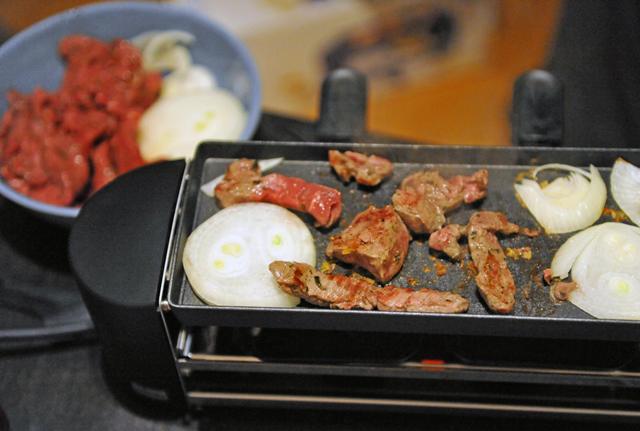
 Frau A ...
Frau A ...  2 Comments
2 Comments  Food, Cooking, & Dining,
Food, Cooking, & Dining,  Germany & German Culture tagged
Germany & German Culture tagged  German food,
German food,  Swiss food,
Swiss food,  germ,
germ,  raclette ...
raclette ...  Print Article
Print Article  Email Article
Email Article 



